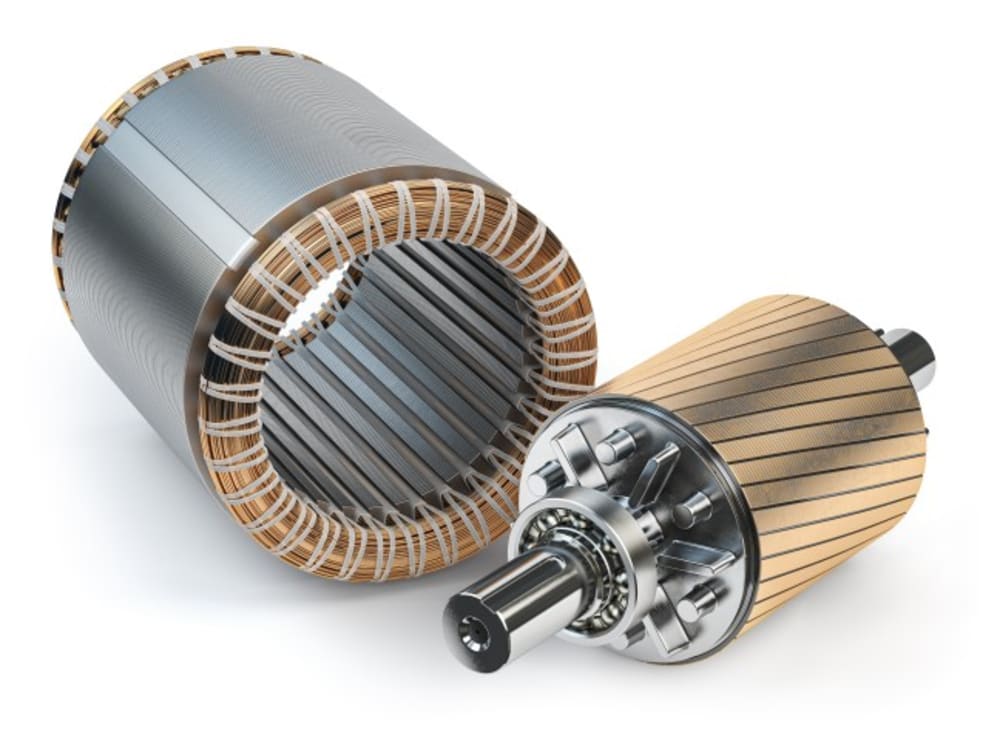The active electromagnetic stator is designed to utilize some of the electricity generated within an electric motor to sustain its own operation, reducing overall energy consumption and enhancing efficiency. This approach minimizes dependency on external power sources, such as batteries or the electrical grid, lowering operational costs and environmental impact. The absence of disposable batteries and reduced reliance on non-renewable energy sources contribute to its sustainability, making it an attractive option for energy-conscious applications.
This innovation, often referred to as a self-powered or self-excited motor, capitalizes on the kinetic energy generated by the motor's rotor to produce electricity that powers the stator. By integrating this capability, the motor not only improves energy efficiency but also becomes a viable solution for applications in environments where external power is limited or unavailable. These could include remote locations, disaster-stricken areas, or off-grid settings. Furthermore, this self-sufficiency enhances the motor’s reliability and longevity by reducing strain on its components.
The versatility of an active electromagnetic stator allows it to support variable-speed operation, which is essential for applications requiring precise control, such as robotics, industrial machinery, and transportation systems. Its high power-to-weight ratio also makes it ideal for compact and mobile solutions like electric vehicles and hybrid systems. This innovation represents a step forward in addressing efficiency challenges while providing a flexible and reliable alternative to traditional motors.
The Self-Excited Stator (SES) motor showcases groundbreaking innovation by embedding an active electromagnetic stator that sustains itself using electricity generated during operation. This approach circumvents the need for external power sources, such as batteries or outlets, making it energy-efficient and environmentally friendly. Its ability to operate independently of external power grids enhances its utility in remote or disaster-affected areas. The motor's design also supports variable speed control and offers a high power-to-weight ratio, positioning it as an ideal choice for advanced applications like electric vehicles, robotics, and precision machinery.
Like this entry?
-
About the Entrant
- Name:Alex Aldridge
- Type of entry:individual
- Patent status:none


